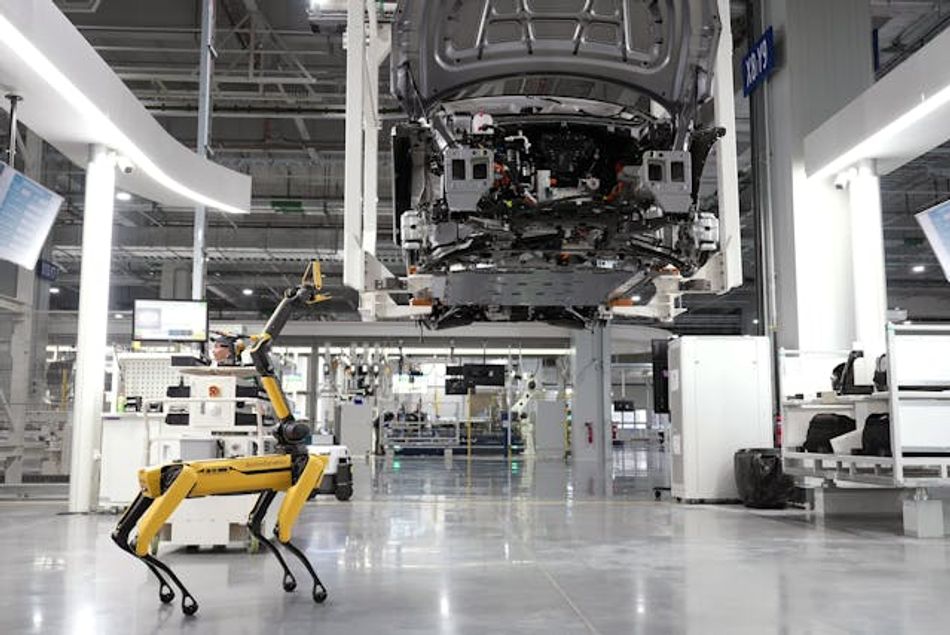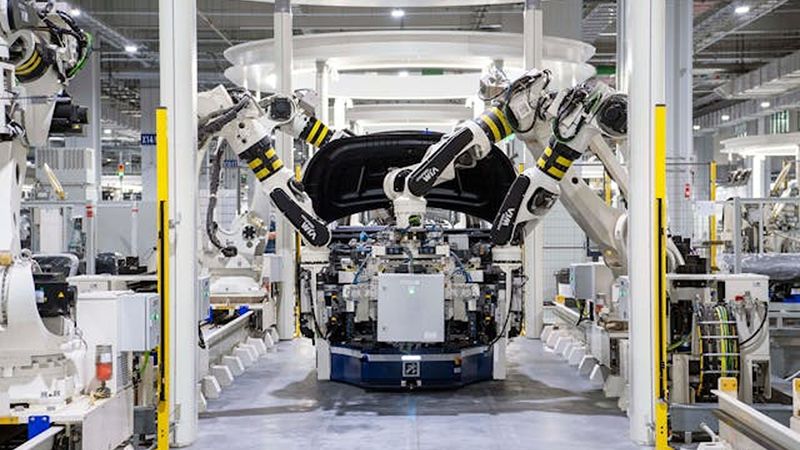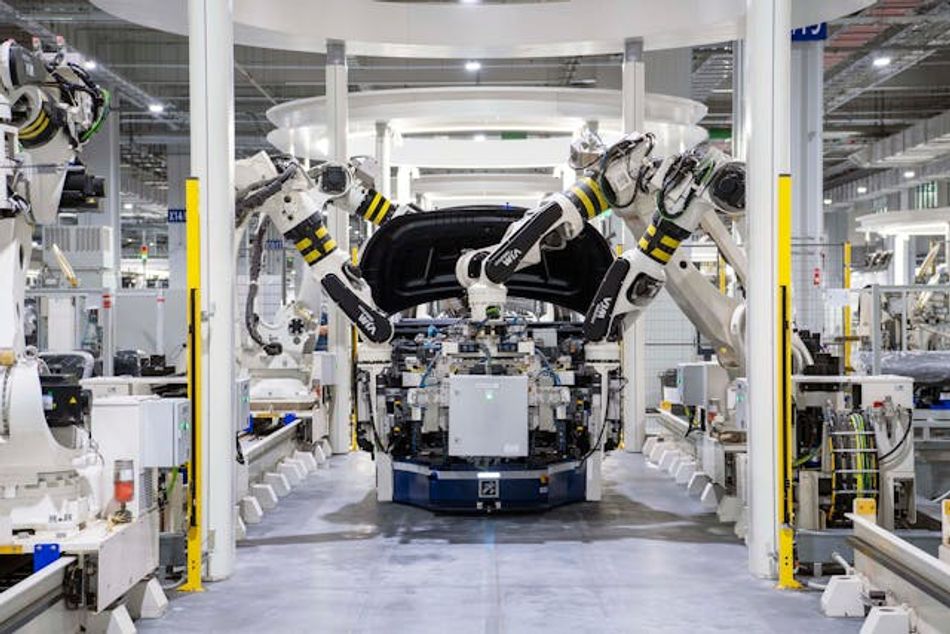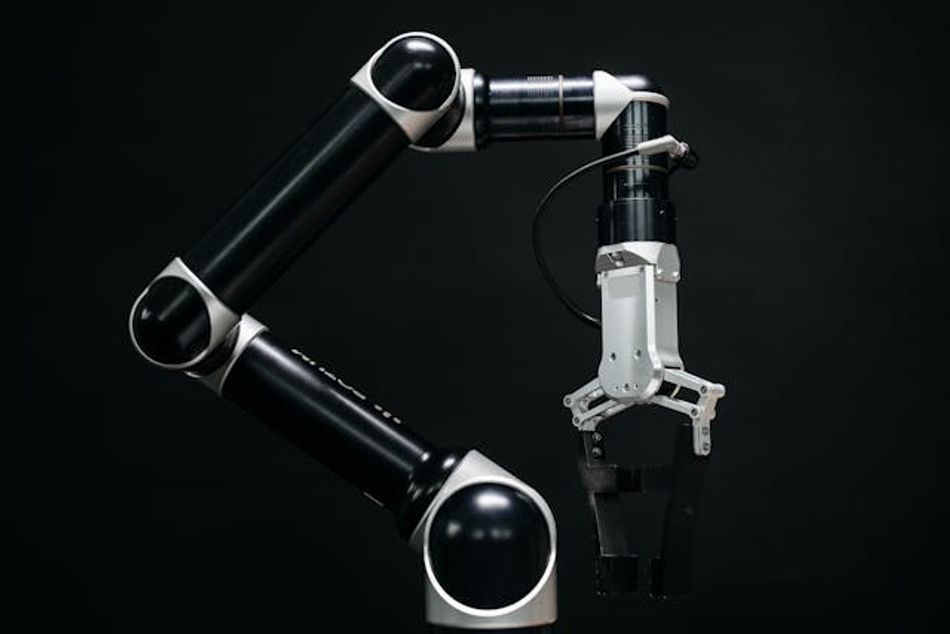Cobot Vs Robot: What Are The Key Differences?
In a world where industrial automation is happening at a fast rate, it is crucial to understand more about a cobot vs robot. There are over 3.4 million industrial robots being used in different industries today.
This article was first published on
www.botasys.comIn a world where industrial automation is happening at a fast rate, it is crucial to understand more about a cobot vs robot. There are over 3.4 million industrial robots being used in different industries today. While both are heavily used to increase safety, improve productivity, and also increase efficiency in a company, their distinctive characteristics make these gadgets suitable for different scenarios.
According to a different study, over 84% of companies in Europe, China, and the United States plan to integrate cobots into their factories.
Collaborative robots, often referred to as cobots, are designed to work hand in hand with humans in a safe environment. On the other hand, robots work on repetitive tasks and those that are hazardous and often operate independently without any human intervention.
In this article, we will closely examine the key differences between a cobot and a robot, as these are crucial players in the world of industrial automation.
Robots And Cobots Definition
For a start, let's define what a robot is.
These are autonomous machines designed to carry out different tasks without any human help. Most times, robots handle tasks that are too risky for humans, often repetitive and require high precision.
If you've never set your eyes on industrial robots, they are bigger, faster, and more powerful than cobots. In most industries, robots are put in cages to keep humans safe and avoid any harm. The Cobot industry is valued at $10417.04 million as of 2021 and could rise up to 50.8% by 2032 according to CAGR.
Cobots have torque sensors that allow these machines to respond upon contact with humans, thus ensuring they are in a safe environment. Since these tools are light and have a compact movable design, it becomes easy to move and configure them, thus staying updated with the latest technological cages.
Robots Vs Cobots
1. Financial Investment and Maintenance Cost
The greatest difference between industrial robots and the cobot is cost. It is easier to convince a business to invest in an industry cobot rather than a robot since they are cheaper in cost. The maintenance and energy costs also come into play when settling for robots or cobots.
Therefore, cobots tend to be more affordable upfront and offer a lower total cost of ownership due to their ease of integration and flexibility. On the other hand, robots come with higher initial costs and may require significant investment in safety infrastructure and programming services.
2. Safety Features of the Robot
In 2022 alone, the cobot growth increased with a remarkable revenue of $700 million. Hence, the manufacturers make cobots with safety features in mind. The goal is to ensure humans who often interact with these types of machinery are as safe as possible. Therefore, cobots come with torque sensors that detect any contact with people.
Cobots also have round edges and soft padding to keep people protected and safe, hence reducing the chances of injuries. Industrial robots are always separate from humans.
Therefore, safety features aren’t a key priority to the manufacturers since they know the robots will be in separate rooms, away from people. Robots pose a huge risk to people not only because of their size but also their power and speed. The only safety features on these gadgets are power buttons and emergency stop buttons.
3. Flexibility in Automation Solutions
Selecting an industrial robot means that you settle for limited options. These items are put in cages in a room away from people due to their robust sizes. That means you cannot shift these robots should you want to conduct tasks elsewhere in your industry. Reprograming takes time and also needs someone with the right tech know-how so that they don't mess it up.
For big companies, robots aren’t a big issue especially if their workload is huge. However, small companies need as much flexibility as they can. Cobots are adaptable and flexible in different companies making it easy to reconfigure them for different collaborative robot applications. Since collaborative robots are lightweight, it is easy to move and integrate into a small business.

4. Simplicity in Automation in Robots and Cobots
With the labor shortage happening worldwide, the digital transition has become crucial in areas of automation, robot programming, and machine learning. Therefore, cobots are simple to configure and change to suit what a company needs. Unlike industrial robots, which are difficult to deal with, cobots are quick and simple to set up, ensuring that businesses operate effectively.
That accelerates industrial automation. It is also easy to program and integrate cobots thanks to their friendly, user-friendly programs. Some cobots can even be physically guiding the robots.
5. Operational Speed and Precision
Although cobots perform similar automation services, there are differences in their speed. Industrial robots have higher speeds than cobots as they are slower and are not meant for heavy-duty tasks.
Cobots are designed to work with human interactions, meaning that they operate at slow speeds to ensure that people don’t get injured. Therefore, if you are looking for speed or conducting tasks that need high speeds, industrial robots are always a perfect deal.
Also, Robots do achieve higher and greater precision, making them a perfect choice for tasks that require rapid and consistent output.
6. Human Interaction in Robots and Cobots
Cobots are made to work with people directly. These gadgets do safely run in the same area as humans without the need for extensive safety barriers.
On the other hand, robots operate in isolated environments. Therefore, they often require safety cages or barriers to prevent human access during operation due to potential safety hazards.
7. Programming And Operation
Cobots have user-friendly interfaces and can often be programmed with little to no coding experience, thus making it easy for anyone to operate them. They started taking over in 2008 although industrial robots have been there since the 1950s. It means that they are accessible for small and medium-sized enterprises (SMEs) that may not have specialized technical staff.
Therefore, cobots are ideal for any company that needs their operations to run smoothly without too much programming. Robots are more complex in programming and setup. So, it is often necessary to involve engineers or specialized technicians.
8. Applications Across Industries
Cobots need human collaboration when carrying, assembling, packaging, and quality inspection. Their tasks are easy, and the cobots work with humans, meaning that the operations are both humanized and automated.
Nonetheless, robots are ideal for tasks that require a high degree of flexibility and adaptability. Therefore, robots are employed in environments where repetitive, high-speed, and high-precision tasks are needed. Hence, some of the tasks include welding, painting, heavy lifting, and other tasks where human presence is minimized.
Applications Of Robots & Cobots
Cobots and robots are adopted across various industries due to their versatility and ease of integration. Some of the applications include:
Manufacturing: Cobots help with assembly lines, handling delicate tasks, and performing quality control checks.
Packaging: Robots are useful in sorting, packing, and palletizing products.
Healthcare: Hospitals have been using automated machines to assist with surgeries, patient care, and rehabilitation therapies.
Agriculture: Cobots and robots perform some of the tasks such as planting, harvesting, and monitoring crop health.
Automotive: You can use collaborative robots to support assembly lines, painting, and performing inspections.
Which One Is Better? Cobots Or Robots?
There is an importance of learning about the difference between cobots and robots, especially for businesses that need to adopt automation technologies. Cobots are always a perfect deal for anyone looking to offer a flexible, safe, and cost-effective. They give different solutions to companies thanks to their effectiveness in performing collaborative tasks.
On the other hand, traditional robots excel in high-speed, high-precision operations that require minimal human intervention. Therefore, evaluating the specific needs and goals of your company will assist in determining which type of robot is ideal to enhance productivity and efficiency.
As technology advances, both cobots and robots are expanding their capabilities, presenting new opportunities for innovation and improvement across industries. Whether you run a small business or manage a large manufacturing firm, staying informed about these developments is crucial for maintaining competitiveness in the modern era.
As technology continues to advance, force torque sensors play a pivotal role in enhancing the capabilities of both cobots and robots. These sensors enable machines to perceive and respond to external forces, allowing them to interact more safely and effectively with their environment and human operators.
In industries such as manufacturing and assembly, force torque sensors provide critical feedback for tasks requiring delicate manipulation, precise positioning, and collaborative operations.
By integrating these sensors, robots and cobots can perform tasks with greater accuracy and adaptability, thereby further driving innovation and productivity in industrial automation.


